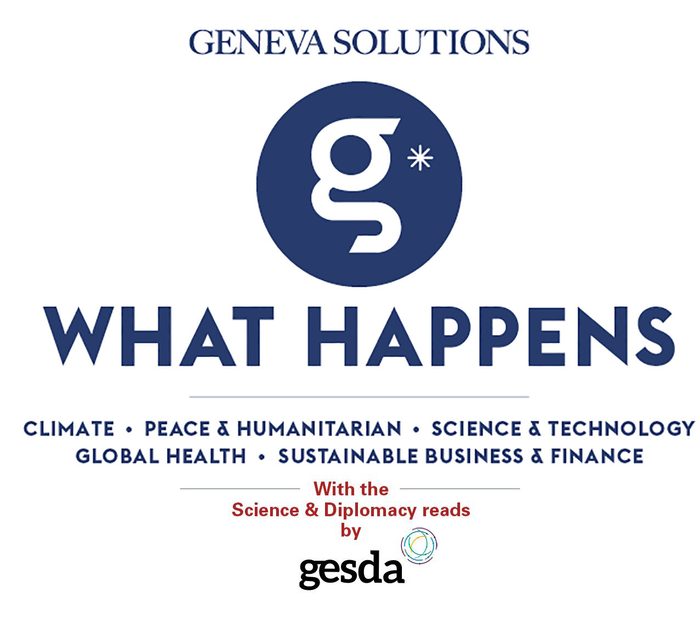Hello, this is Zelda, and this week, we are imagining the future of travel - one with superfast hyperloop trains and whether these can also provide a greener answer to today's freight industry.
UNESCO's liaison head in Geneva talks to us about education, digital transformation and the SDGs. And before leaving you, we will follow up on Section 230, and how plans to overhaul the controversial US internet regulation could backfire. |
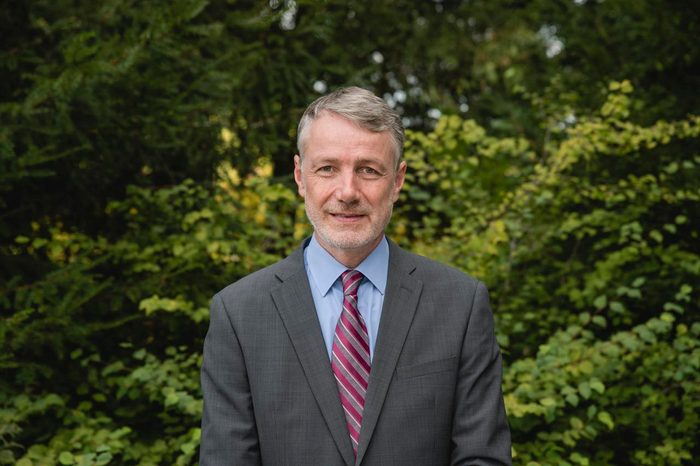
Vincent Defourny, director of the UNESCO Geneva Liaison Office (©Defourny)
|
|
|
Science & Technology News
|
|
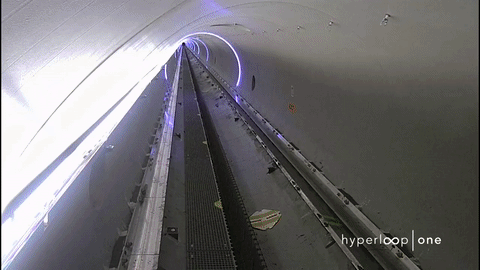
Source: Le Temps/Hyperloop One.
|
|
Here's what else is happening
|
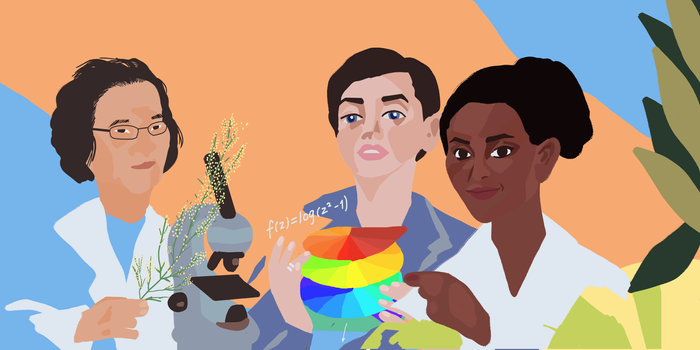
Source: UN Women/Daria Koshkina.
|
|
Devoted to discovery: seven women scientists who have shaped our world.
For centuries, women have made significant contributions to the field of science. They’ve discovered life-saving remedies, devised world-altering inventions, and produced far-reaching research, but in many cases their invaluable advances are minimised or neglected. The International Day of Women and Girls in Science on Thursday is an opportunity to change our perspective.
UN Women (EN)
|
|
|
Anticipatory reads by GESDA
|
|
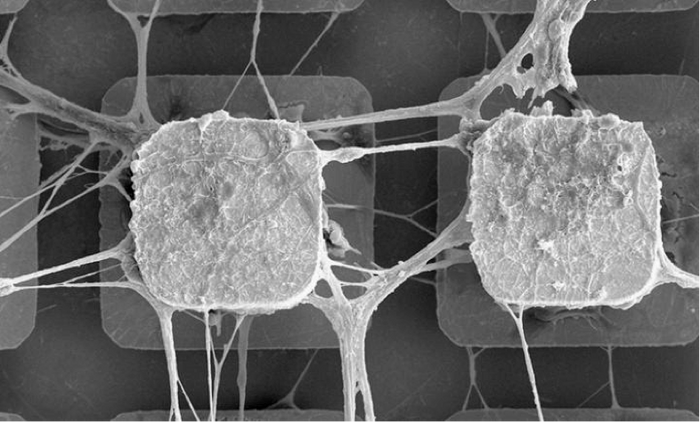
Microscope image of a primary rat neuronal culture grown on the 3D CMOS-MEA silicon network. Neurons are located on top and at the base of the structure electrodes. (©3BRAINAG)
|
|
Fusion between neurons and silicon.
While getting more and more powerful (albeit also reaching soon limits in terms of miniaturisation and energy consumption), current electronic hardware have one major drawback: they need three kinds of computational units to 1.store, 2.process and 3.transmit digital information. But in our brain, each neuron can do each of the three tasks! That is why scientists try to reproduce this fantastic ability in so-called ‘neuromorphic chips’ of one kind only.
Another field of neuroscience research attempts to reach the tantalising goal to fuse the silicon material of electronic chips with the biological one of neural cells, this to allow the latter to be enhanced by the power of the former, in terms of memory capacity or processing. But there is a big hurdle: bio-silicon connections tend to degrade with time, as the living cells naturally protect themselves from the external stranger body to which they are connected.
Now a team of scientists wants to use the second technology to improve the first (see article below). With the help of Zurich-based firm 3BrainAG, they want to grow human brain stem cells on a microchip, in order to form a similar biological networked layer as the grid of underlying silicon units. Then they want to stimulate some of the lab-grown neurons to see who they interact within the biological neural network. Ultimately, they intend to drive it to a state in which it will be able to carry out nontrivial computations... In other words, by creating a full biological copy of a network of microchips and training it, they want to understand how the brain computes, and then – in a feedback loop – reproduce this code of action into the silicon network. Will that be the idea which might bring us to the dawn of a general artificial intelligence?
- Olivier Dessibourg
|
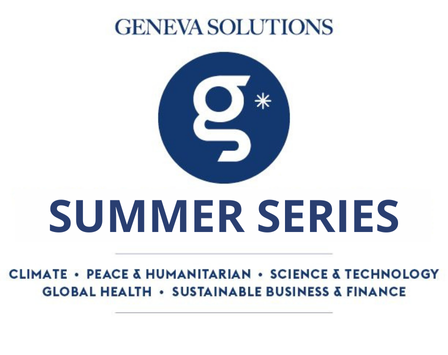
This selection is proposed by the Geneva Science and Diplomacy Anticipator
GESDA, working on
anticipating cutting-edge science and technological advances to develop innovative and inclusive
solutions for the
benefit of the planet and its inhabitants.
|
|
GS news is a new media project covering the world of international cooperation and development. Don’t hesitate to forward our newsletter!
Have a good day!
|

|
|
Avenue du Bouchet 2
1209 Genève
Suisse
|
|
|
| |
